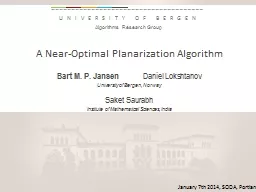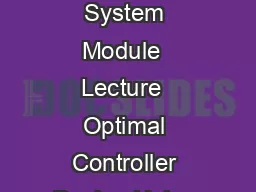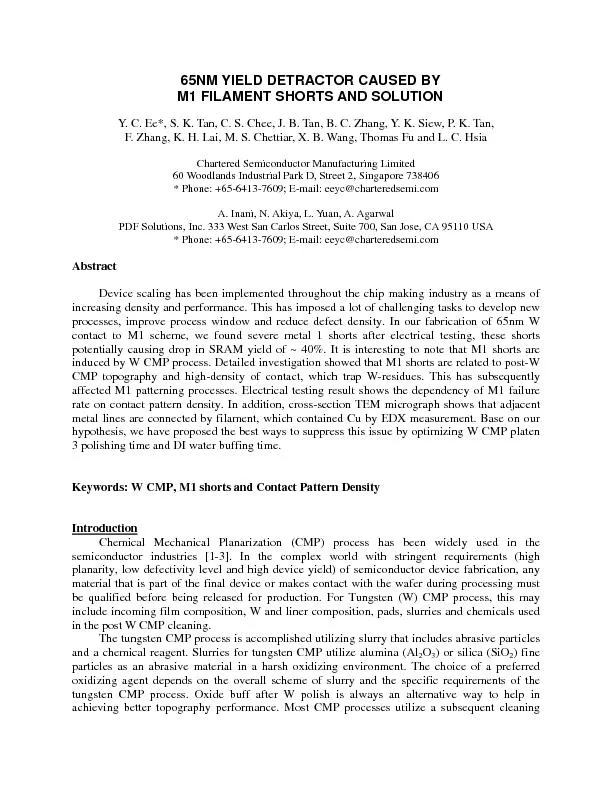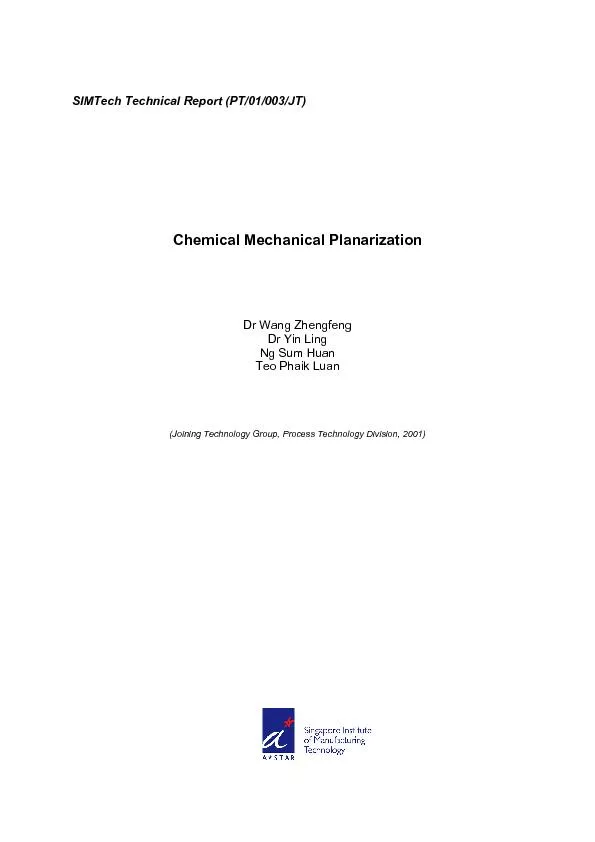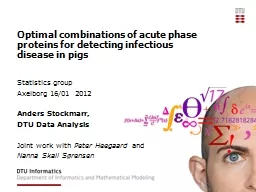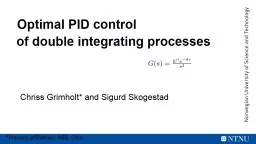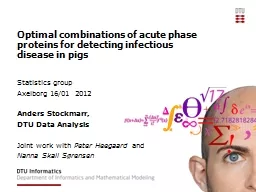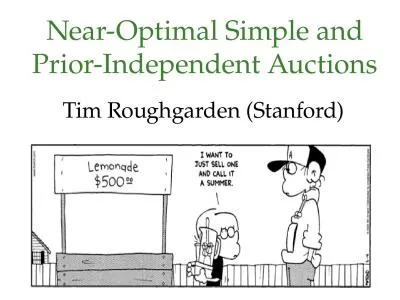PPT-A Near-Optimal Planarization Algorithm
Author : myesha-ticknor | Published Date : 2016-03-08
Bart M P Jansen Daniel Lokshtanov University of Bergen Norway Saket Saurabh Institute of Mathematical Sciences India Insert Academic unit on every page 1 Go
Presentation Embed Code
Download Presentation
Download Presentation The PPT/PDF document "A Near-Optimal Planarization Algorithm" is the property of its rightful owner. Permission is granted to download and print the materials on this website for personal, non-commercial use only, and to display it on your personal computer provided you do not modify the materials and that you retain all copyright notices contained in the materials. By downloading content from our website, you accept the terms of this agreement.
A Near-Optimal Planarization Algorithm: Transcript
Download Rules Of Document
"A Near-Optimal Planarization Algorithm"The content belongs to its owner. You may download and print it for personal use, without modification, and keep all copyright notices. By downloading, you agree to these terms.
Related Documents

